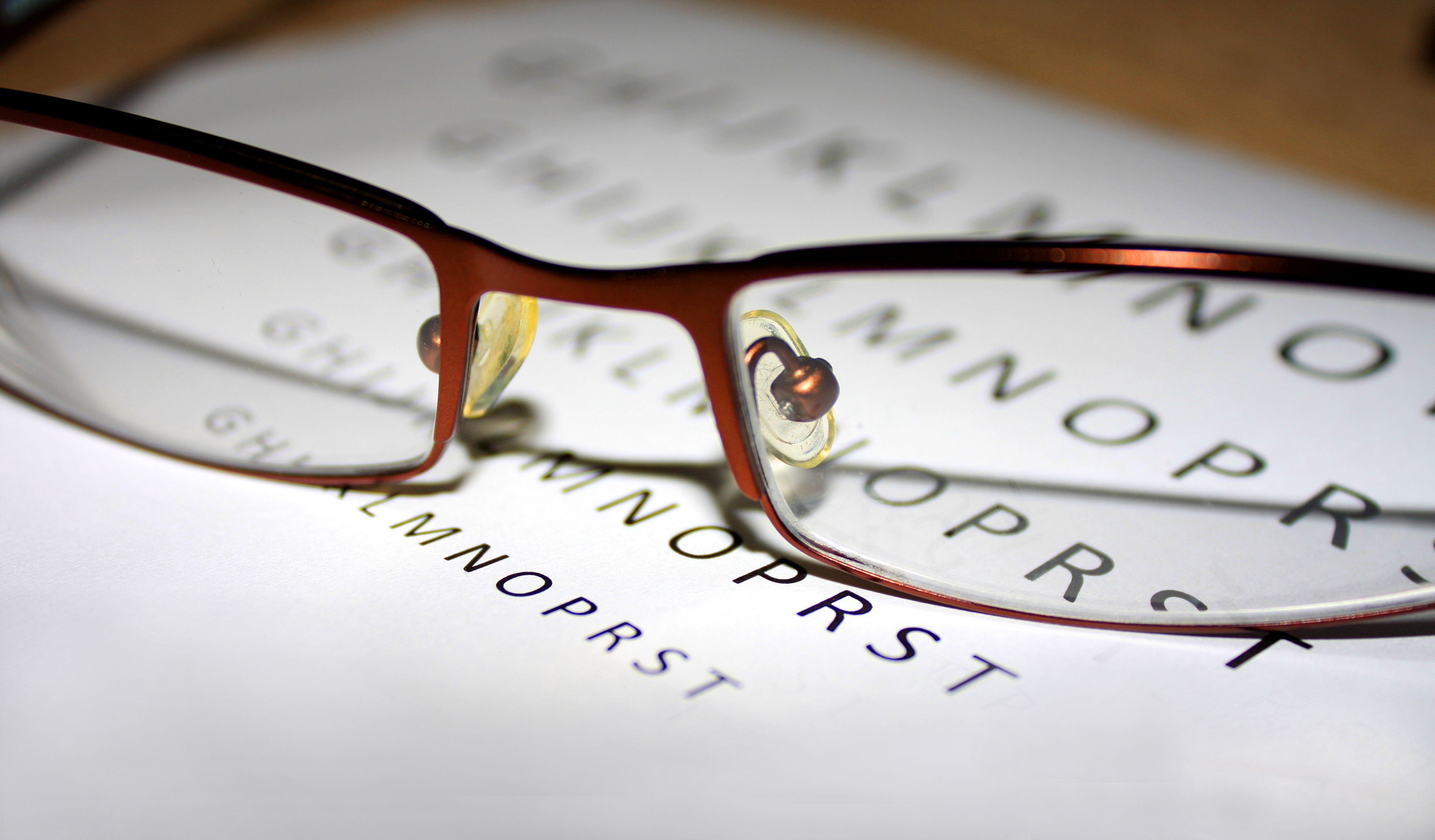Article
Wearing Glasses Inversely Associated With COVID-19 in Unadjusted Analysis
Author(s):
A cohort study found that there was an inverse association between COVID-19 infection and wearing glasses in an unadjusted analysis, although this association was not identified when adjusting for confounders.
Protection from COVID-19 infection in people wearing glasses was first hypothesized in China, where a study found that there were fewer people with glasses with inpatient COVID-19 cases than expected. A new study sought to determine the association between wearing glasses and contracting COVID-19 in people with various jobs.
Research published in JAMA Ophthalmology found that patients in Sweden who wore glasses had a lower risk of COVID-19 infection, although this association disappeared when adjusting for confounders.
The study used a cohort of Falck employees who were older than 18 years and were from Denmark and Sweden. Falck is an international rescue corps and the employees included had a variety of job functions: ambulance, health care, office, and field staff, firefighters, and roadside assistance. All participants had to provide information on eyeglass wearing and were tested biweekly for COVID-19 antibodies from June 22, 2020, to August 13, 2020. Sweden had more cases per 1000 inhabitants than Denmark during this time period (7.8 vs 2.4). Ambulance personnel wore masks for all patients in Sweden whereas masks were only worn for those with COVID-19 symptoms in Denmark.
Participants were considered to have COVID-19 if 1 test result during the study period was positive or if they had previously had a positive COVID-19 polymerase chain reaction or antigen test result from outside sources. No verification of prior positive test results was made.
There were 1279 participants from Denmark and 841 from Sweden included in this study, of which 829 (64.8%) and 619 (73.6%) wore glasses respectively. Those who needed glasses differed from nonusers in both countries in age group and job function but only differed by sex in Sweden.
There were 31 participants (2.4%) in Denmark who had a positive COVID-19 test result. There was no difference in seroprevalence between those who wore glasses (2.5%; 95% CI, 1.6%-3.8%) and those who did not wear glasses (2.2%; 95% CI, 1.1%-4.0%) (OR, 1.14; 95% CI, 0.53-2.45). There was also no difference between those who wore glasses and those who did not when adjusting for age, sex, and number of workday contacts (OR, 1.34; 95% CI, 0.58-3.10).
There were 78 participants (9.3%) from Sweden who had a positive COVID-19 test result. There were fewer participants who tested positive when wearing glasses (8.1%; 95% CI, 6.1%-10.5%) when compared with those who didn’t wear glasses (12.6%; 95% CI, 8.5%-17.7%) (OR, 0.61; 95% CI, 0.37-0.99). However, there was no difference between those who wore glasses and those who didn’t when adjusting for age, sex, number of workday contacts, and job (OR, 0.64; 95% CI, 0.37-1.11).
Ambulance workers in Sweden had the highest prevalence of COVID-19 (16.7%) compared with health care staff (6.5%) and office staff (6.5%). Only participants working office jobs had reduced odds of contracting COVID-19 when wearing glasses (OR, 0.20; 95% CI, 0.06-0.70). There was also no difference between those who wore glasses and reading glasses or contact lenses when compared with no glasses.
There were some limitations to this study. Detailed information on personal protective equipment usage was not obtained for this study. A higher proportion of invited participants were from Sweden, which may have introduced a selection bias. Only those who had filled out the questionnaire were included in the study. Self-testing and self-reporting may have caused underestimation. There is also a risk of false positives due to not adjusting for multiple analyses.
The researchers concluded that an inverse association between patients who wore glasses in Sweden and those who did not exists but was inconclusive after adjusting for confounding factors.
Reference
Gregersen R, Jacobsen RK, Laursen J, et al. Association of COVID-19 infection with wearing glasses in a high-prevalence area in Denmark and Sweden. JAMA Ophthalmol. Published online August 25, 2022. doi:10.1001/jamaophthalmol.2022.3234





